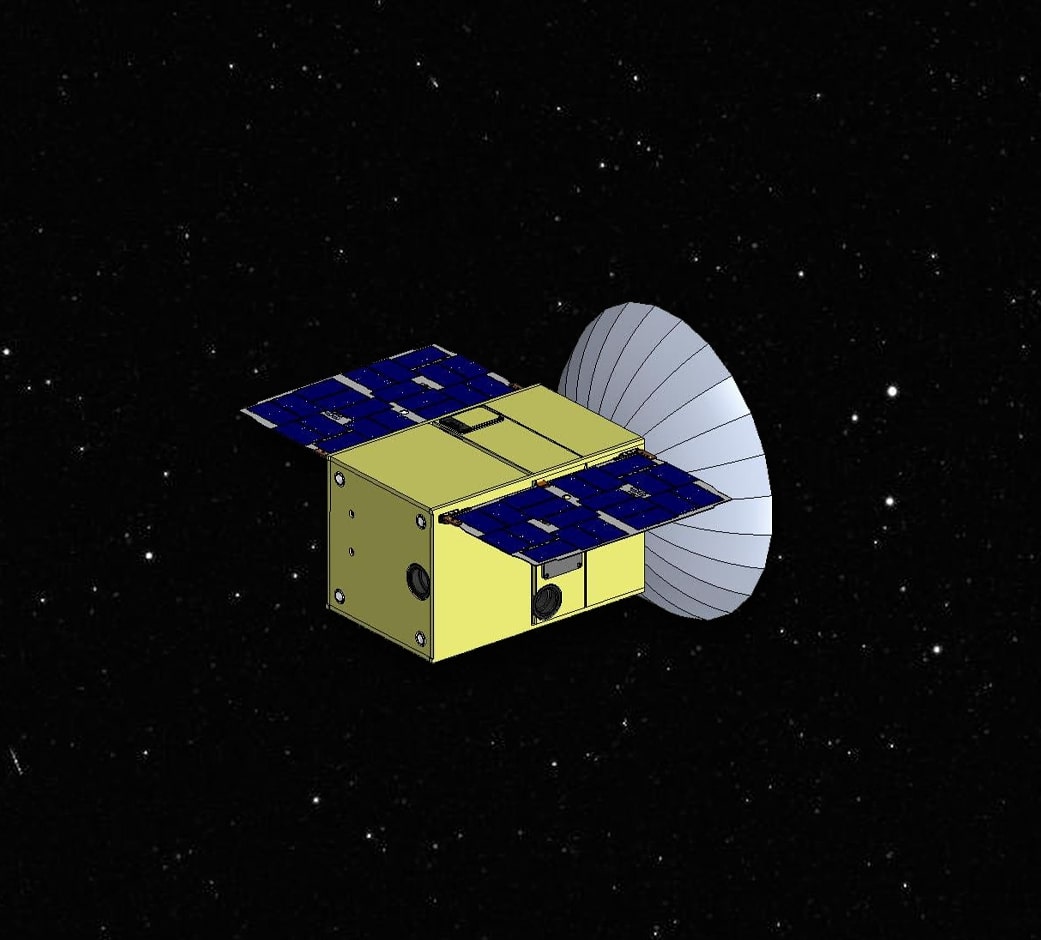
NASA’s CAPSTONE satellite maneuver sends spacecraft on its way to lunar orbit
NASA’s CAPSTONE satellite is on its way to orbit around the moon, following a software issue that caused it to lose contact with Earth this week. Launched on June 28, NASA announced it was having communications issues with the satellite on July 5. Communications were re-established by July 6, and now the satellite has performed its first targeting maneuver.The satellite is testing out an unusual orbit around the moon which could be used for the planned Gateway space station. Called a near rectilinear halo orbit, this curved orbit brings the satellite close to the moon at some times while being further away than others. Its advantage is that it requires very little energy to keep an object in the orbit, making it ideal for a space station. CAPSTONE’s task is to test whether this orbit is a good potential orbit for the future station.Illustration of the Cislunar Autonomous Positioning System Technology Operations and Navigation Experiment (CAPSTONE).Tyvak Nano-Satellite SystemsTo be inserted into this orbit, the satellite has to make a series of maneuvers in which it fires thrusters to adjust its trajectory. The first of these maneuvers was Thursday morning.“NASAs CAPSTONE successfully completed its first trajectory correction maneuver, which started at 11:30 a.m. EDT Thursday,” NASA wrote in an update. “This is the first in a series of thruster burns over the next few months to more accurately target CAPSTONEs transfer orbit to the Moon. The maneuver lasted just over 11 minutes and changed the spacecrafts velocity by about 45 miles per hour (about 20 meters per second). CAPSTONEs next trajectory correction maneuver is targeted for Saturday, July 9.”The transfer the satellite is following is different from the usual Hohmann transfer, in which an object spirals out in its orbit around the Earth until it ends up in orbit around the moon. Instead, CAPSTONE is using a ballistic transfer that follows the gravitational contours of space as affected by the Earth, the moon, and the sun. This method uses very little fuel but takes longer, so CAPSTONE will take several months to reach the moon.CAPSTONE is scheduled to arrive at its near rectilinear halo orbit around the moon on 13 November this year.Editors' Recommendations
……Read full article on Digital Trends
Technology Space
Comments
Leave a comment in Nestia App